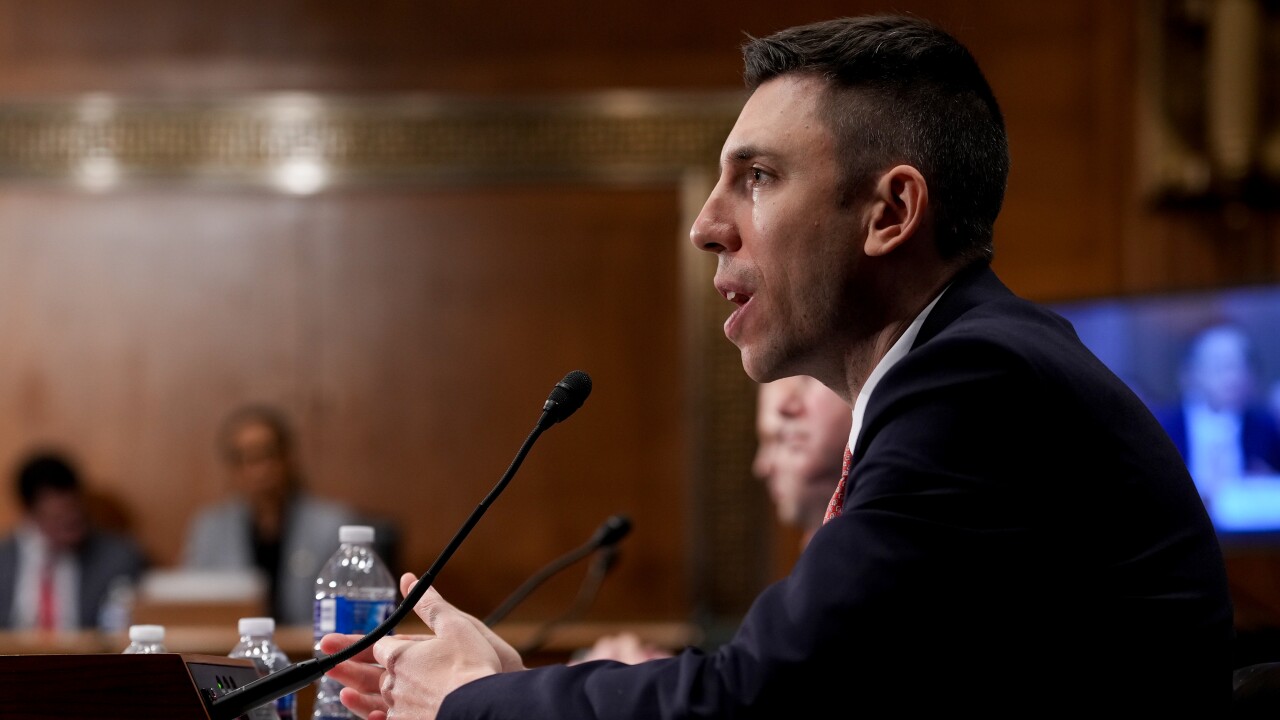Pan-European payments and transaction services provider equensWorldline has launched its domestic interoperable P2P mobile payment scheme across the continent.
The new scheme addresses the concern of European payments regulators that the P2P landscape was becoming fragmented with different rails and incompatible standards. The unified mechanism would now handle any routing of P2P transactions.
EquensWorldline is using the SEPA Proxy Lookup (SPL) protocol that will allow the exchange of data necessary to initiate mobile P2P payments by linking a mobile phone number to an international bank account number (IBAN). The SPL service then acts as a routing network among connected P2P payment providers and forgoes the creation of an additional central IBAN database for each P2P service.
The use of the SPL also confirms that even as the development of the Single Euro Payments Area progressed in the past decade, some forms of cross-border payment routing still had not been standardized.
“Even with SEPA, we still see a fragmentation of the P2P payment solutions market in Europe," Michael Steinbach, CEO of equensWorldline, said in a Tuesday press release. "Each country has or is developing its own domestic solutions."
Because of that, it had become "increasingly important to create a user-friendly pan-European payment ecosystem, in which cross-border payments are just as smooth as domestic payments,” Steinbach added.
SEPA became operational in Europe in 2014, and the European Payments Council launched the
The Mobile Proxy Forum, a working group formed at the request of the Euro Retail Payments Board, selected equensWorldline as the preferred SPL service provider for the P2P routing project.
EquensWorldline says the system is ready to be used, and the first provider has already integrated the service into its mobile payment solution.
Steinbach said the service has been designed to allow future extensions, like the support of additional aliases such as e-mail addresses, the support of B2C payments, and the introduction of value-added services such as the transfer of e-receipts in the case of consumer purchases.





